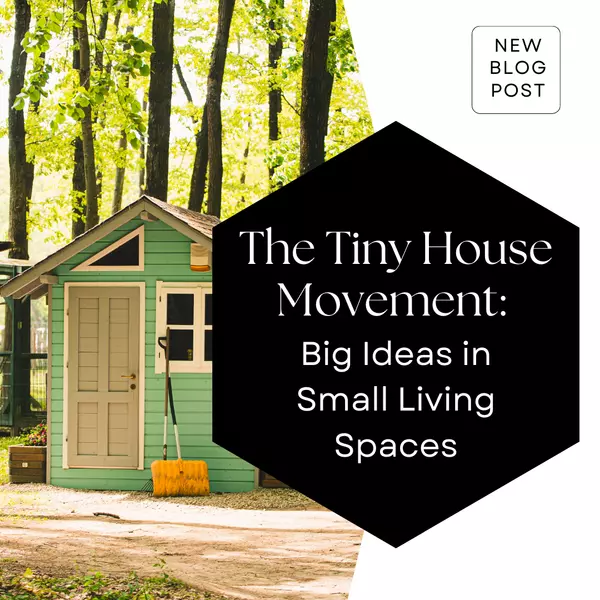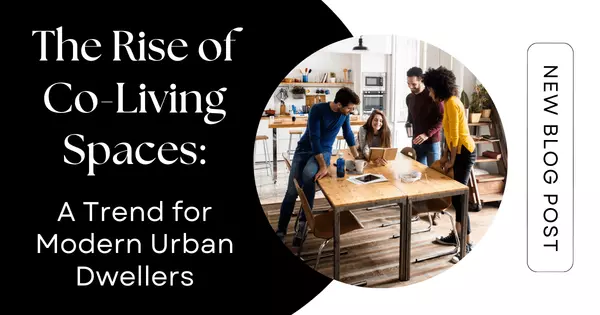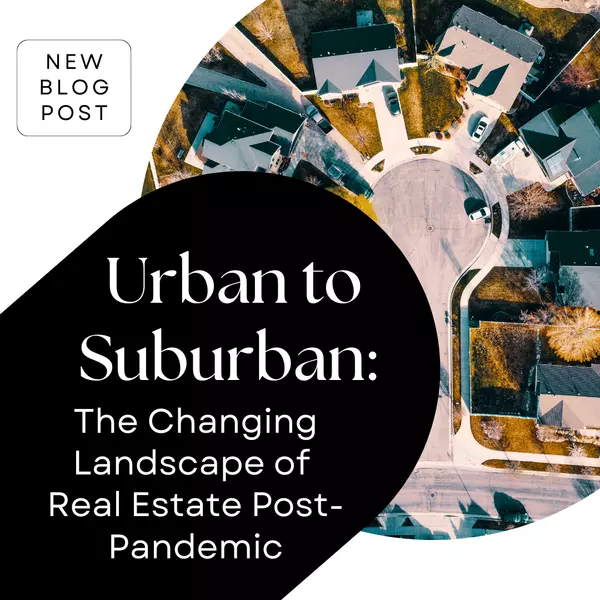The Rise of Co-Living Spaces: A Trend for Modern Urban Dwellers

The Rise of Co-Living Spaces: A Trend for Modern Urban Dwellers
In recent years, the concept of co-living has gained significant traction, emerging as a popular trend among urban dwellers seeking affordable, flexible, and community-oriented living arrangements. Co-living spaces offer a unique blend of private and communal living, catering to the needs and preferences of modern city residents. This blog explores the rise of co-living spaces, their benefits, and their impact on the real estate market.
What is Co-Living?
Co-living is a housing model where individuals rent private bedrooms within a shared property, often featuring communal spaces such as kitchens, living rooms, and work areas. This arrangement fosters a sense of community and shared experiences, making it distinct from traditional apartment living. Co-living spaces are typically fully furnished, offering convenience and flexibility to residents.
The Appeal of Co-Living
-
Affordability:
One of the primary drivers behind the rise of co-living is affordability. In many urban areas, housing costs have skyrocketed, making it challenging for individuals, particularly young professionals and students, to find affordable living options. Co-living spaces provide a cost-effective solution by splitting rent and utility costs among multiple residents. This shared living arrangement allows individuals to enjoy well-located, well-equipped housing without the financial burden of renting an entire apartment.
-
Flexibility:
Co-living spaces offer greater flexibility compared to traditional leases. Many co-living arrangements have shorter lease terms and more lenient conditions, making it easier for residents to move in and out as their circumstances change. This flexibility is particularly appealing to those with transient lifestyles, such as digital nomads, freelancers, and those frequently relocating for work.
-
Community and Social Interaction:
In a time when social isolation is a growing concern, co-living spaces foster a sense of community and belonging. Residents have the opportunity to build relationships with like-minded individuals, participate in communal activities, and create a supportive network. This emphasis on community can significantly enhance the living experience, providing emotional and social benefits that are often missing in traditional rental arrangements.
-
Convenience and Amenities:
Co-living spaces are designed to offer convenience and a high standard of living. Properties are typically fully furnished and equipped with modern amenities such as high-speed internet, cleaning services, and shared recreational areas. Some co-living operators also organize events, workshops, and social gatherings, further enhancing the living experience. This level of service and convenience makes co-living an attractive option for busy urban dwellers.
The Impact on Real Estate Market
The rise of co-living spaces is reshaping the real estate market in several ways:
-
Increased Demand for Flexible Housing:
As more individuals seek flexible and affordable housing options, the demand for co-living spaces is on the rise. Real estate developers and investors are recognizing this trend and increasingly incorporating co-living projects into their portfolios. This shift is particularly evident in densely populated urban areas where housing affordability is a significant issue.
-
Redefining Urban Living:
Co-living spaces are redefining urban living by promoting a more communal and sustainable lifestyle. These spaces often emphasize shared resources, reducing the overall environmental footprint of residents. This sustainable approach aligns with the values of many modern urban dwellers who prioritize eco-friendly living and community engagement.
-
Adapting to Changing Lifestyles:
The flexibility and convenience of co-living make it well-suited to the evolving lifestyles of urban residents. With the rise of remote work, freelance careers, and the gig economy, many people are no longer tied to long-term leases or specific locations. Co-living spaces offer the adaptability needed to accommodate these changing lifestyles, providing a sense of stability in a rapidly shifting world.
-
Innovation in Real Estate Development:
The popularity of co-living is driving innovation in real estate development. Developers are exploring creative design solutions to maximize the use of space while fostering community interaction. This includes designing multifunctional common areas, integrating smart home technology, and creating aesthetically pleasing environments that appeal to a diverse range of residents.
The Future of Co-Living
The co-living trend shows no signs of slowing down. As urbanization continues and housing affordability remains a challenge, co-living spaces are likely to become an increasingly important part of the housing market. Future developments in co-living will likely focus on enhancing the quality of communal living, incorporating sustainable practices, and leveraging technology to improve the resident experience.
Moreover, the demographic appeal of co-living is expanding. While it initially gained popularity among young professionals and students, co-living spaces are now attracting a broader audience, including empty nesters, retirees, and even small families. This diversity is expected to drive further growth and innovation in the co-living sector.
Conclusion
The rise of co-living spaces represents a significant shift in urban housing preferences, offering a viable solution to the challenges of affordability, flexibility, and social connection. For modern urban dwellers, co-living provides an appealing alternative to traditional rental arrangements, combining the benefits of community living with the convenience of fully serviced homes. As the real estate market continues to evolve, co-living is poised to play a crucial role in shaping the future of urban living, catering to the diverse needs and lifestyles of city residents.
Recent Posts










GET MORE INFORMATION


